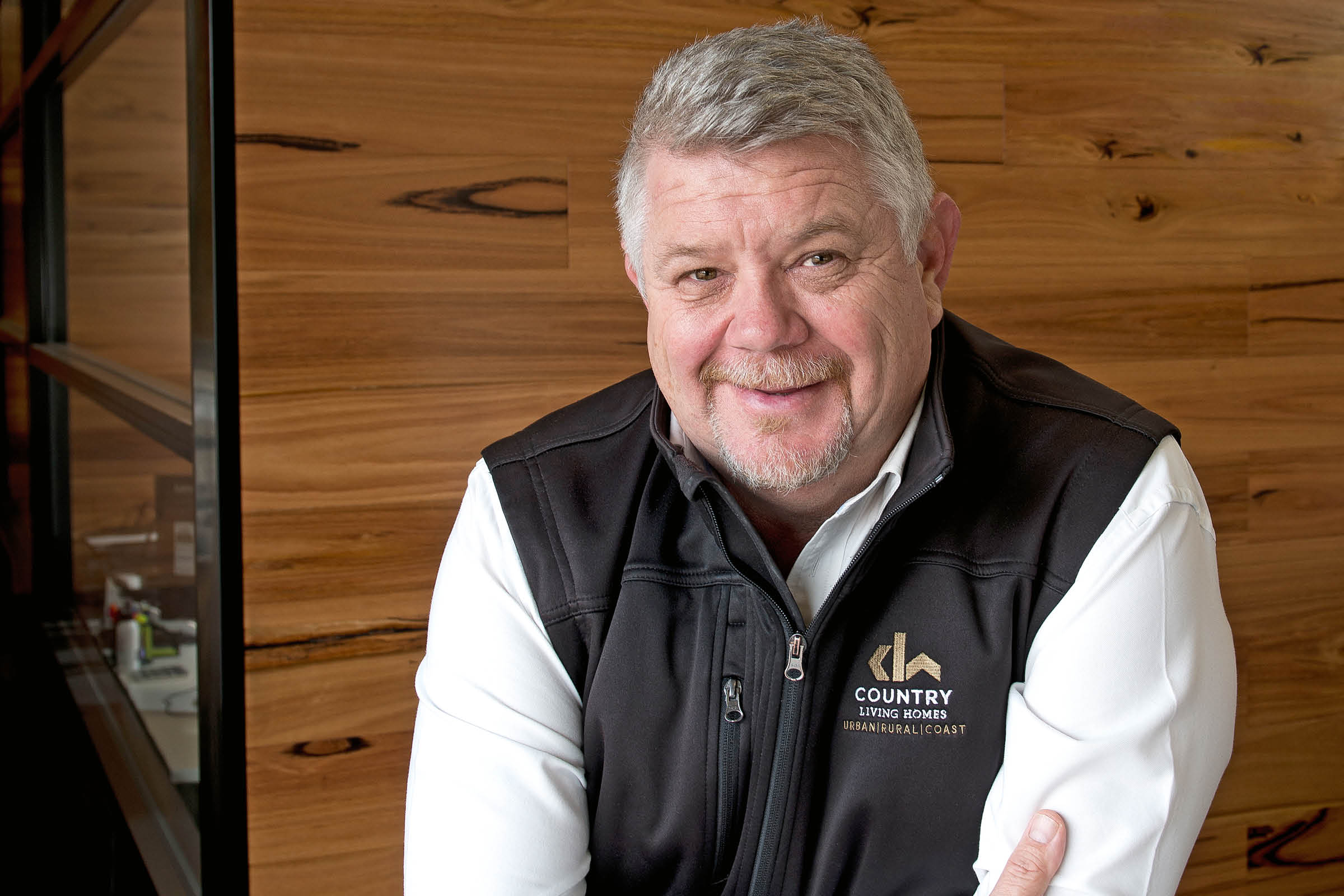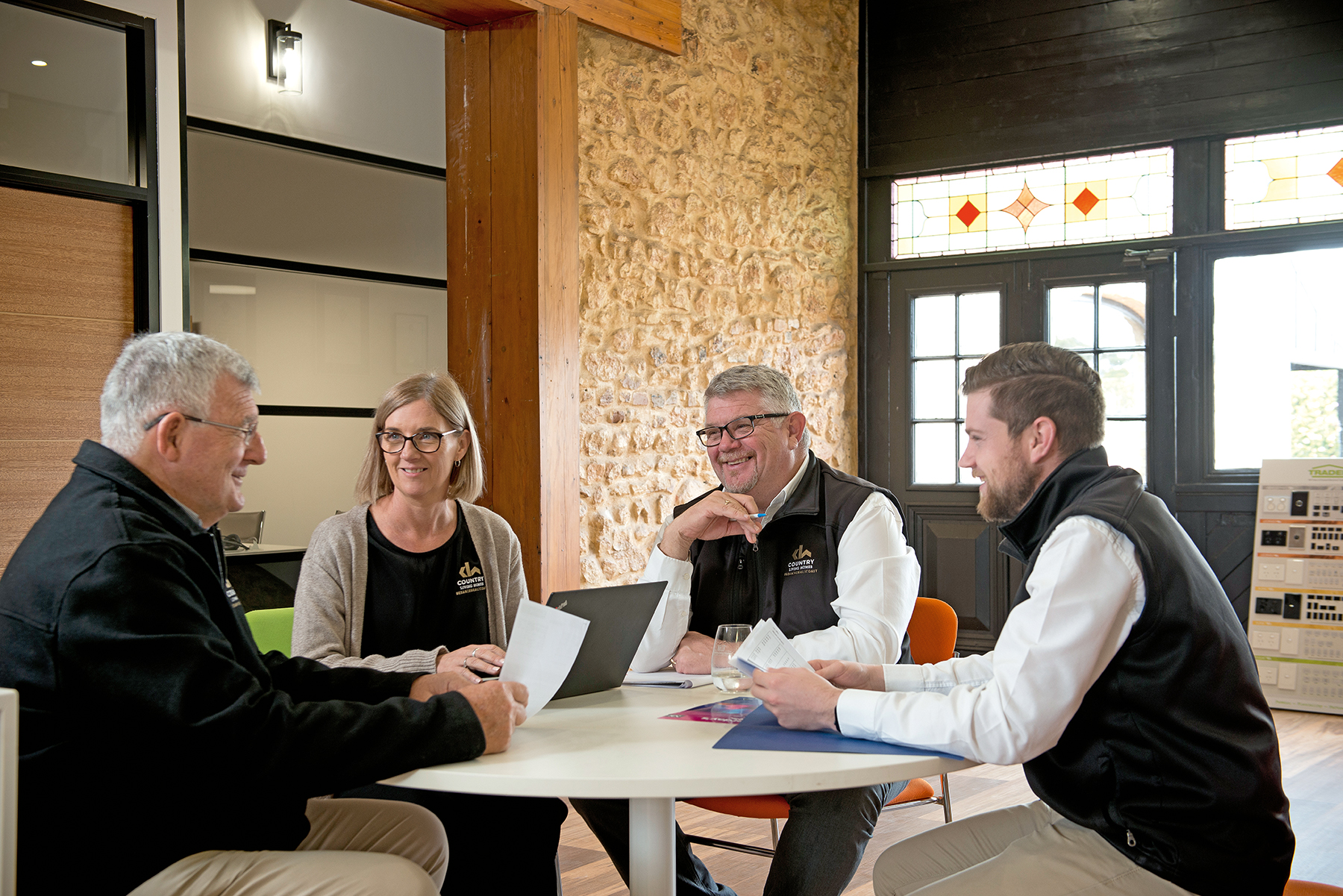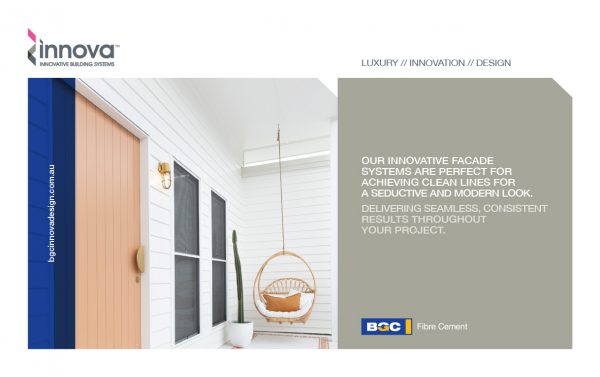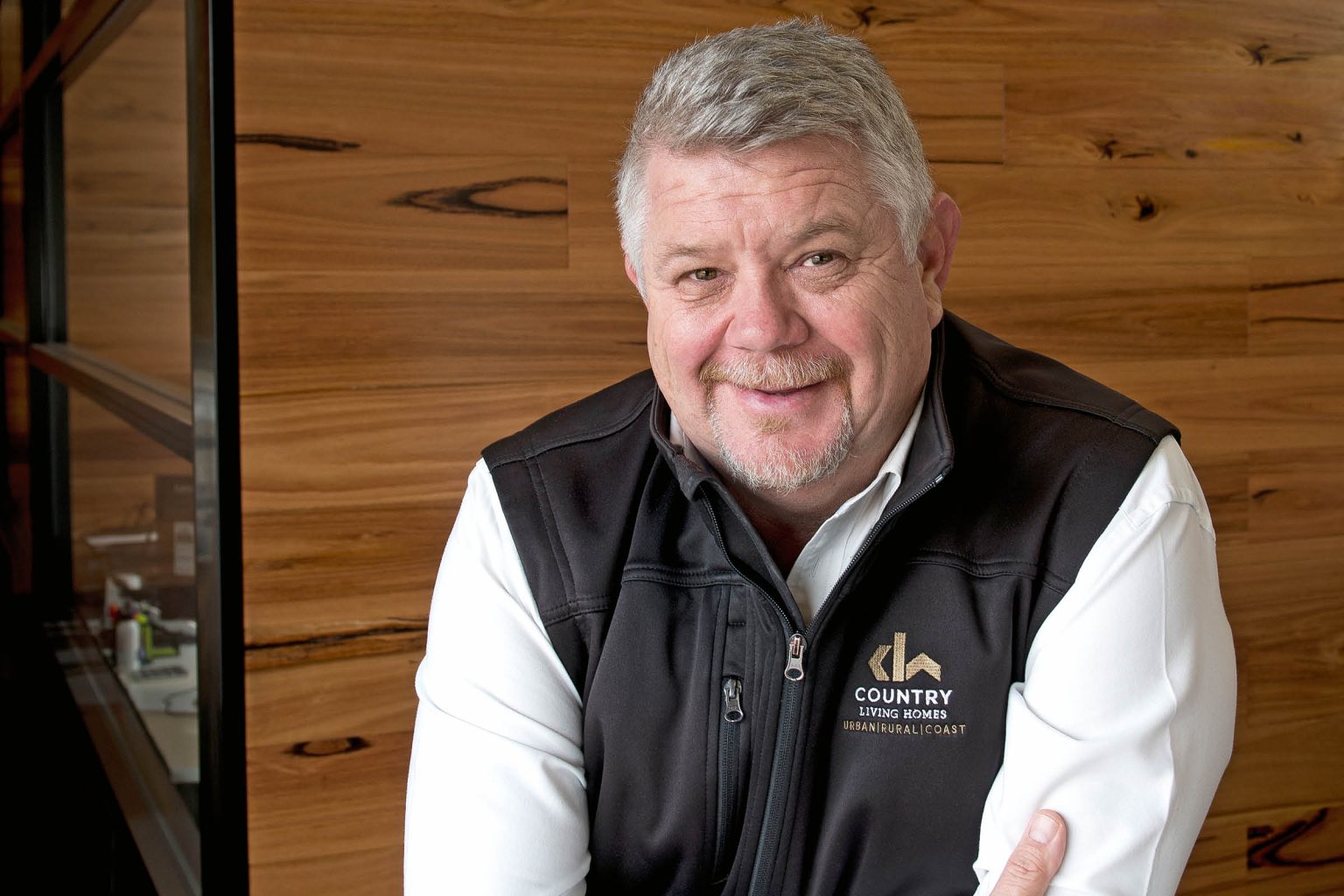Calling Country Living Homes a family business is something of an understatement. Managing Director Mark Ravenscroft founded the company 15 years ago after spotting a gap in the South Australian market for transportable buildings and took no chances when it came to filling a number of key roles.

“It’s family owned, and we have three generations of Ravenscrofts,” Mark tells The CEO Magazine. “That sort of thing is important for our customers – they want to know they’re dealing with a company that’s going to be around for a long time to come.”
His dad Ian OAM, a current Chair of the South Australian Country Cricket Association, is the company’s Sales Executive. Mark’s wife Julia, who has recently stepped into a management role in various capacities has been a backbone to building the business, having previously worked with clients during their initial selections consultations.
And their son Jack is a Business Manager. Their daughter Hollie used to work part-time in the finance department while pursuing an accounting degree but has since left to join one of Adelaide’s largest accounting firms.
“She hasn’t completely left though,” Mark smiles. “The firm she works for does our books, and she works on our account. I want the family to continue serving the community for generations to come. It’d be great if one day my grandkids can get involved as well. I’m really just setting up a legacy for my family and for my son, whom I am mentoring to take over the business.”
We’re based in a country town, and we have good, old-fashioned country values. It’s in our DNA.
Mark first worked for a family business 34 years ago, starting off in the hotel industry before transcending to the building industry after spotting what turned out to be a highly profitable niche.
“No one on the Yorke Peninsula was really specialising in lightweight, transportable houses back then. When we started exploring that market, it was a bit of a boom time so things happened really quickly,” he recalls.
“We won some work with Prince Alfred College in Adelaide to build them a campus and then the next day, we went to see BHP and got a contract to build 49 transportable houses for them. It ended up being a very fruitful relationship, and it certainly got our name out there. If you’re working with BHP, then you have credentials.”
Country Living Homes established a reputation for quality buildings that were still affordable. Early on, Mark gained a foothold in the cabin market, both for major industries and holiday parks.

Today, with a team of hundreds employed directly and indirectly across the state, it’s the biggest cabin manufacturer and seventh biggest building company in the state with offices in Moonta and Adelaide.
“We’ve got a saying around here: ‘All the best things come from the country.’ And for me, that’s absolutely right. We’re based in a country town, and we have good, oldfashioned country values. It’s in our DNA,” he shares.
“We’re upfront and honest with people and don’t cut corners. Our products are fantastic, and it’s why we’re building a lot of homes. That and a lot of hard work.”
Diversification means the company’s offerings span everything from luxury, multi-storey homes with brick veneers, office blocks and granny flats to classrooms, site offices, mining accommodation and even lifestyle villages. But Mark has been careful to maintain the same high construction standards, no matter what the task.
“It’s in my nature to be entrepreneurial, so I’ve always looked for ways to grow. But we’ve done it smartly, never too quickly,” he points out. “Our mission remains the same, and it’s very simple: always use the best building materials and techniques to achieve every home-builder’s vision.
Construction boost
The building industry benefited hugely from the government’s HomeBuilder Grant – a tax-free A$25,000 grant made available last year to help those on lower incomes buy new-build homes. For some first-time buyers, grants of up to A$40,000 were available. “They persuaded a lot of people to go ahead with projects. It was a magnificent initiative; the industry really needed it,” Mark says.
“A lot of people find building daunting. Not many get to build a house in their lifetime. So, when the opportunity arises, they should be able to enjoy it. Our role is to make it as easy as possible.” COVID-19 threw a spanner in the works last year as many projects ground to a halt, but fears of a long-term malaise were very wide of the mark.
“Business in SA is booming. I’ll bet most builders will tell you orders have tripled since COVID-19,” he says. “They say you’re only as good as the people you have around you, and the pandemic showed just how great my staff is. To me, they’re like family.
“We were all suddenly working at home, coping with social distancing and general disruption, and we still managed to grow the business through that time, which is a really impressive achievement.”
SA has been outperforming the rest of the nation when it comes to job growth in the construction sector with 2,700 people employed between June and November last year, a 4% rise. All other states recorded a drop: New South Wales was the hardest hit with a 6.1% decline, Victoria was down 5.2% and the Australian Capital Territory slipped 4.4%.
The state’s business owners are also among the most confident about the post-COVID recovery, according to a NAB Business Wellbeing Survey from October 2020. At Country Living Homes, the revenues may now be measured in the millions, but for Mark, it’s still very much a family operation.
“We’re very personable, family-oriented people and that counts for something in business,” he says. “It’s how we’ve gone from a small country building firm to one of the most successful in SA. I’m very proud of what everyone has achieved.”
Proudly supported by:




